5 Money-Smart Ways to Use Your Phone When Traveling Overseas
If you're traveling overseas, you have many new options for keeping in touch without spending a bundle.
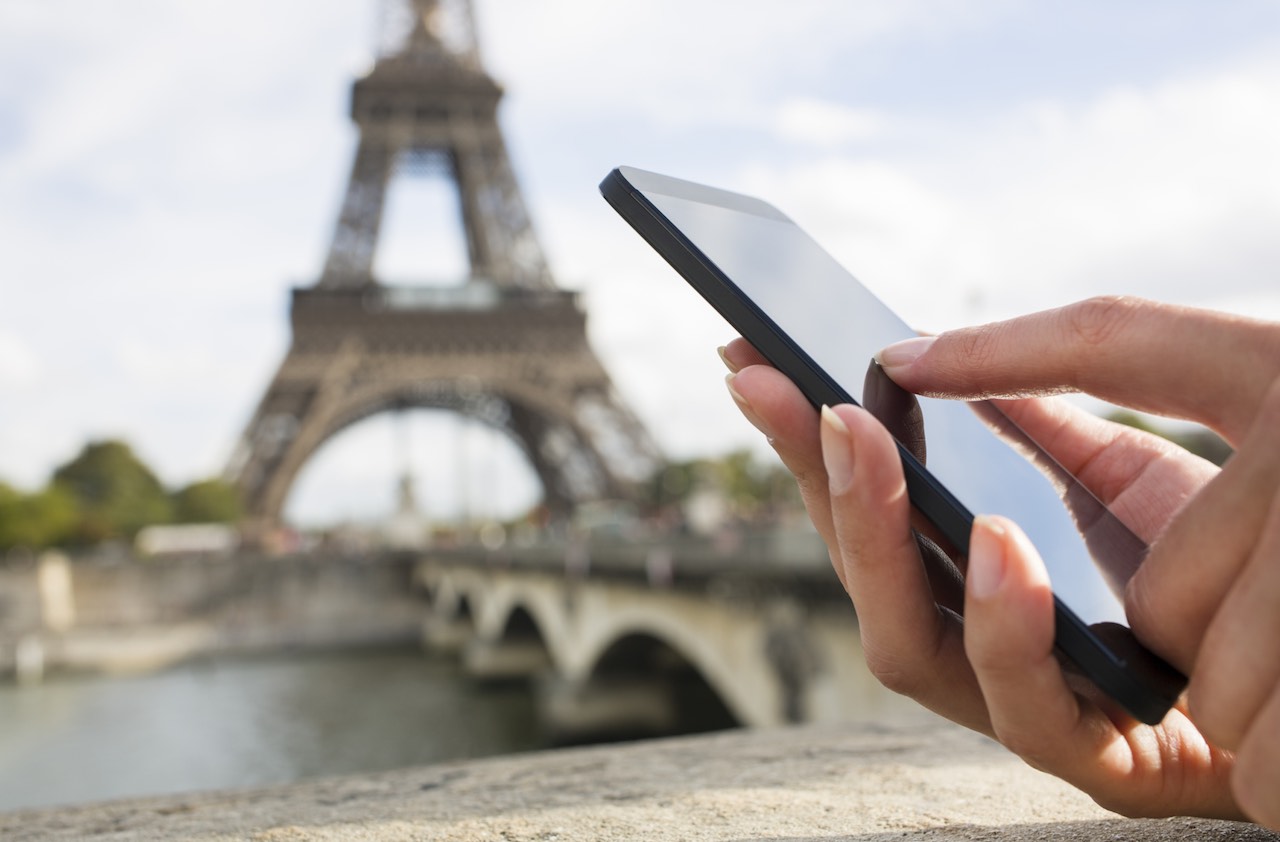

Whether you're hopping over the pond for a weekend or hiking through Southeast Asia for a month, choose wisely before you leave to avoid coming home to a gigantic phone bill.
Add an international plan to your phone. It may not be the cheapest way to go, but it's the simplest, and some U.S. carriers are making their international deals more appealing. T-Mobile's bundle of free texting, free data and 20-cents-per-minute calls is now available in 145 countries. Sprint introduced similar bundles you can add to existing plans. And Verizon recently debuted TravelPass, which lets you transfer your domestic plan's talk, text and data allowances to more than 65 countries for a small daily fee ($2 for Canada and Mexico, $10 for all others). Be sure to confirm with your carrier that you will have coverage in your destination and that your phone will work abroad. Handset compatibility is more likely to be a problem with some older Sprint and Verizon devices that are "CDMA only," a technology not widely used around the world. If your carrier doesn't offer a favorable deal for your destination, don't rely on pay-as-you-go service unless you plan to use your phone sparingly; you'll shell out a couple of dollars or more per minute. And turn off data roaming altogether. Cruise passengers can check with their carrier for special packages or simply pay roaming fees if they must use their phones.
Load a free app. Free communication apps, such as Skype, WhatsApp, Viber and Facebook's Messenger, generally let you call, text and send photos and videos to other app users at no cost. Some even let you call mobile numbers or landlines for a few cents a minute -- and in the case of Google's Hangouts Dialer, most calls to the U.S. and Canada are free. The catch? You need to be connected to Wi-Fi. "I travel all the time and have no issues," says Logan Abbott, president of WireFly.com, a Web site that compares phone plans. If you go this route, set your phone on airplane mode to avoid accidentally racking up cellular charges, then turn on your Wi-Fi connection.

Sign up for Kiplinger’s Free E-Newsletters
Profit and prosper with the best of expert advice on investing, taxes, retirement, personal finance and more - straight to your e-mail.
Profit and prosper with the best of expert advice - straight to your e-mail.
Go native. You may want the security of knowing you can call, text or look up directions on your phone at all times. If you're visiting a single country, you own an unlocked phone and you plan to make mostly local calls, popping out your SIM card and substituting a local SIM card upon arrival can be economical. Prices vary widely, but Dave Dean, founder of TooManyAdapters.com, a travel technology Web site, says you'll generally pay between $10 and $50 to get a month's allotment of calls, texts and data. (Some countries make the setup process cumbersome, so check before you leave home.)
Hook up a mobile hot spot. If your phone is locked or you want to keep your U.S. phone number for calls and texts but avoid data roaming charges, you can buy or rent a mobile hot spot or "MiFi" device, a pocket-size gadget that creates a personal wireless connection. XCom Global, for example, charges $14.95 per day to connect up to 10 devices.
And for frequent fliers . . . A free Google Voice phone number rings all of your devices at once, transcribes voice mails, tracks missed calls, lets you dial international numbers cheaply and more.
Get Kiplinger Today newsletter — free
Profit and prosper with the best of Kiplinger's advice on investing, taxes, retirement, personal finance and much more. Delivered daily. Enter your email in the box and click Sign Me Up.

-
 The AI Doctor Coming to Read Your Test Results
The AI Doctor Coming to Read Your Test ResultsThe Kiplinger Letter There’s big opportunity for AI tools that analyze CAT scans, MRIs and other medical images. But there are also big challenges that human clinicians and tech companies will have to overcome.
By John Miley Published
-
 The Best Places for LGBTQ People to Retire Abroad
The Best Places for LGBTQ People to Retire AbroadLGBTQ people can safely retire abroad, but they must know a country’s laws and level of support — going beyond the usual retirement considerations.
By Drew Limsky Published
-
 Five Ways to a Cheap Last-Minute Vacation
Five Ways to a Cheap Last-Minute VacationTravel It is possible to pull off a cheap last-minute vacation. Here are some tips to make it happen.
By Vaishali Varu Last updated
-
 Best Places to Visit Where the Dollar Is Strong
Best Places to Visit Where the Dollar Is StrongFrom the Americas and Europe to Africa and Asia, we list the 10 best places to travel to where the U.S. dollar is the strongest.
By Quincy Williamson Last updated
-
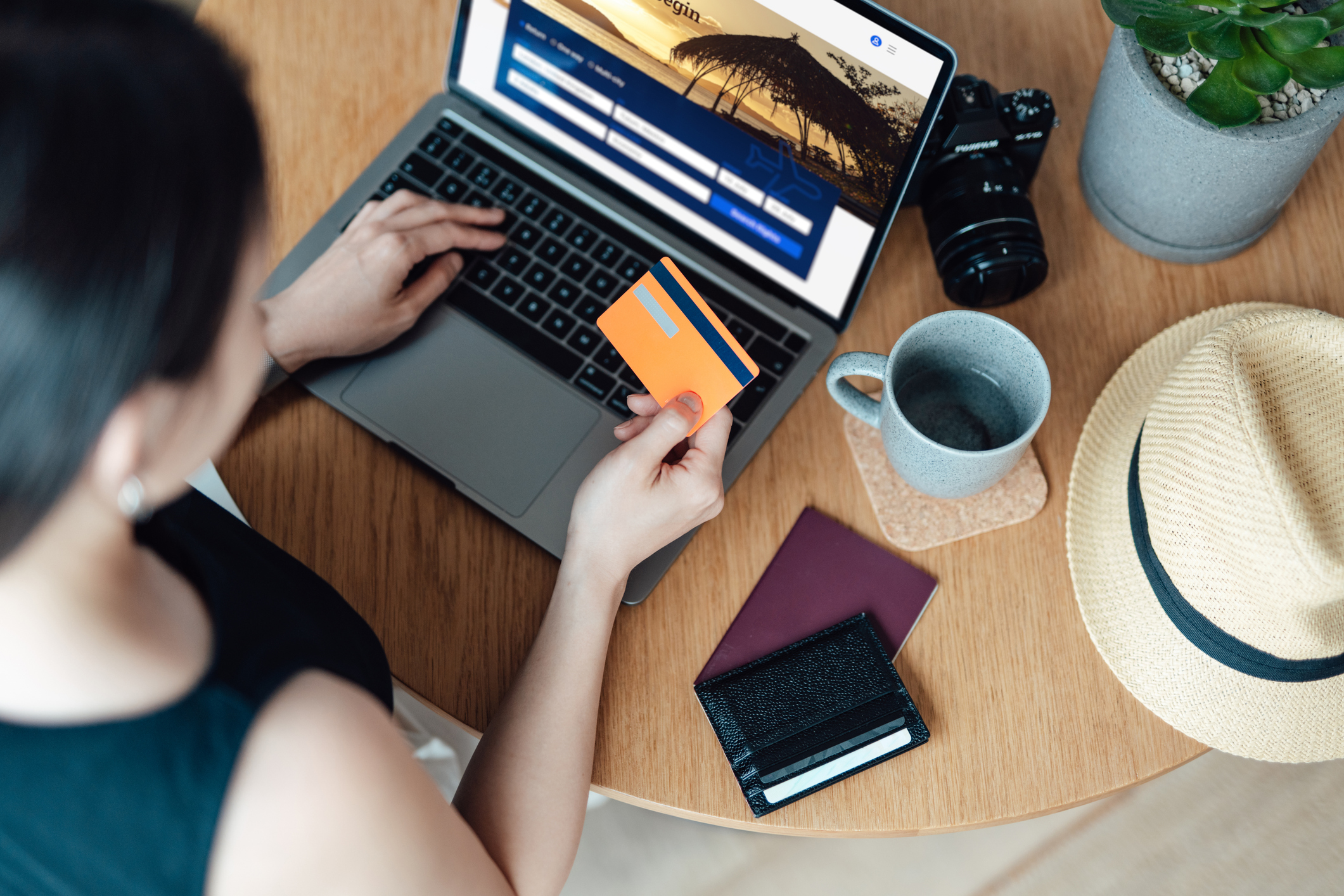 24 Best Travel Websites and Apps to Find Deals and Save You Money
24 Best Travel Websites and Apps to Find Deals and Save You MoneyTravel Use Kiplinger's guide to the best travel websites and find discounts and deals so you can vacation without breaking the bank.
By Rivan V. Stinson Last updated
-
 Five Ways to Save on Vacation Rental Properties
Five Ways to Save on Vacation Rental PropertiesTravel Use these strategies to pay less for an apartment, condo or house when you travel.
By Cameron Huddleston Last updated
-
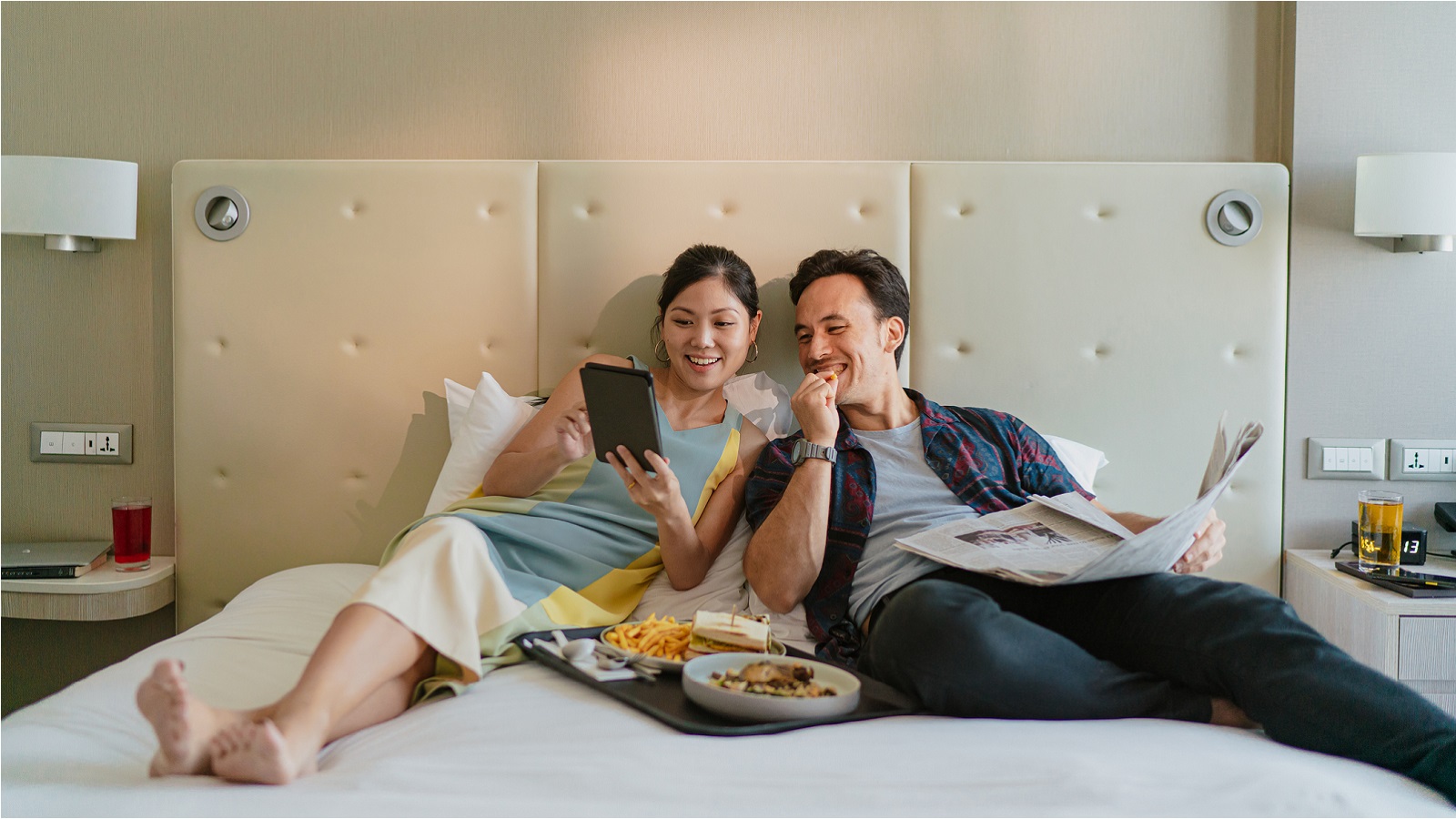 How to Avoid Annoying Hotel Fees: Per Person, Parking and More
How to Avoid Annoying Hotel Fees: Per Person, Parking and MoreTravel Here's how to avoid extra charges and make sure you don't get stuck paying for amenities that you don't use.
By Cameron Huddleston Last updated
-
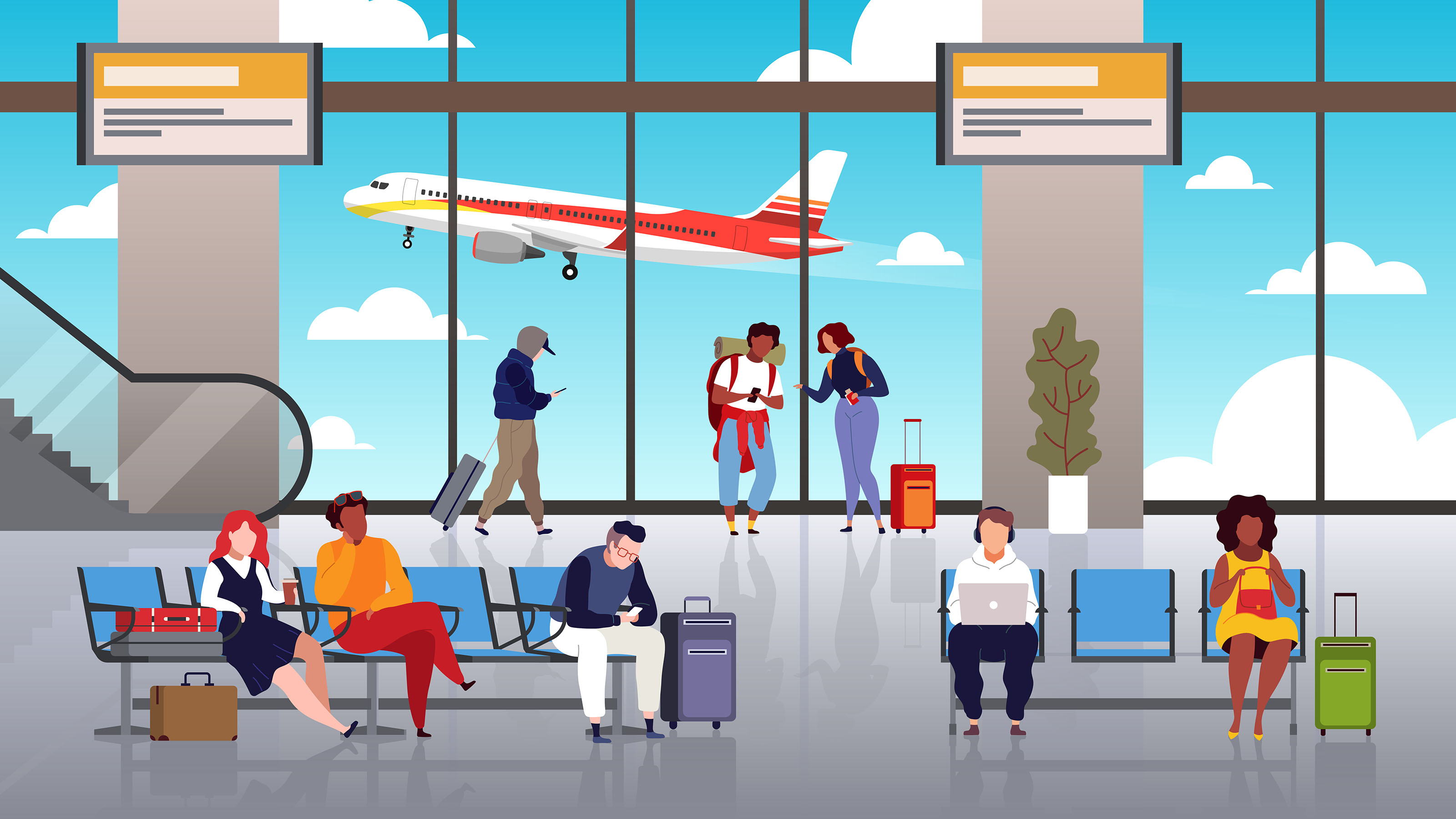 Frequent Flyer Tax Could Raise Billions for Climate
Frequent Flyer Tax Could Raise Billions for ClimateCould taxing frequent flyers help combat global pollution? Some climate scientists say yes.
By Kelley R. Taylor Published
-
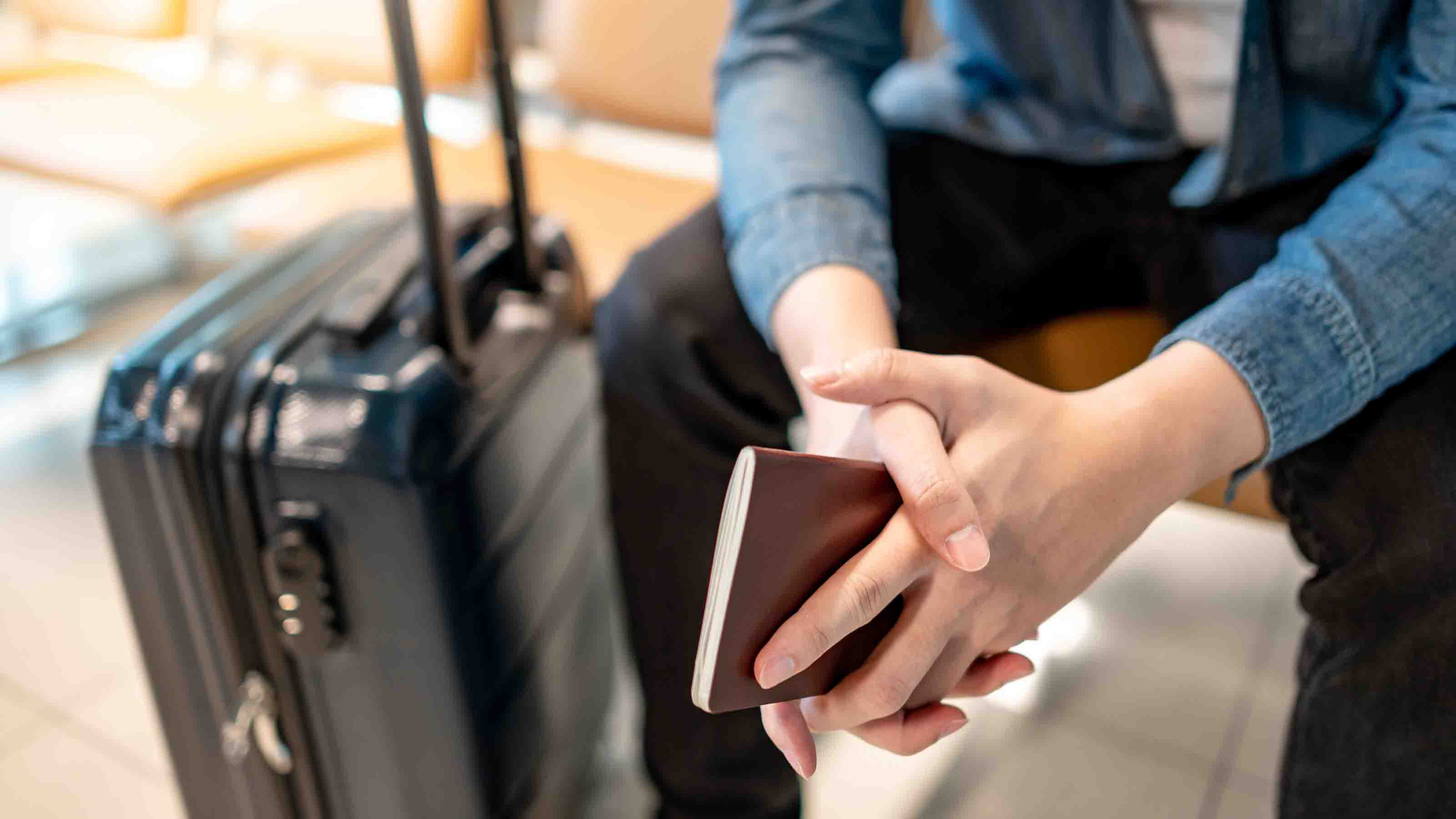 How to Make The Most of a Travel Insurance Claim
How to Make The Most of a Travel Insurance ClaimMore travelers are buying insurance. If your trip is canceled, take these steps to increase your chances of recovery.
By Susan J. Wells Last updated
-
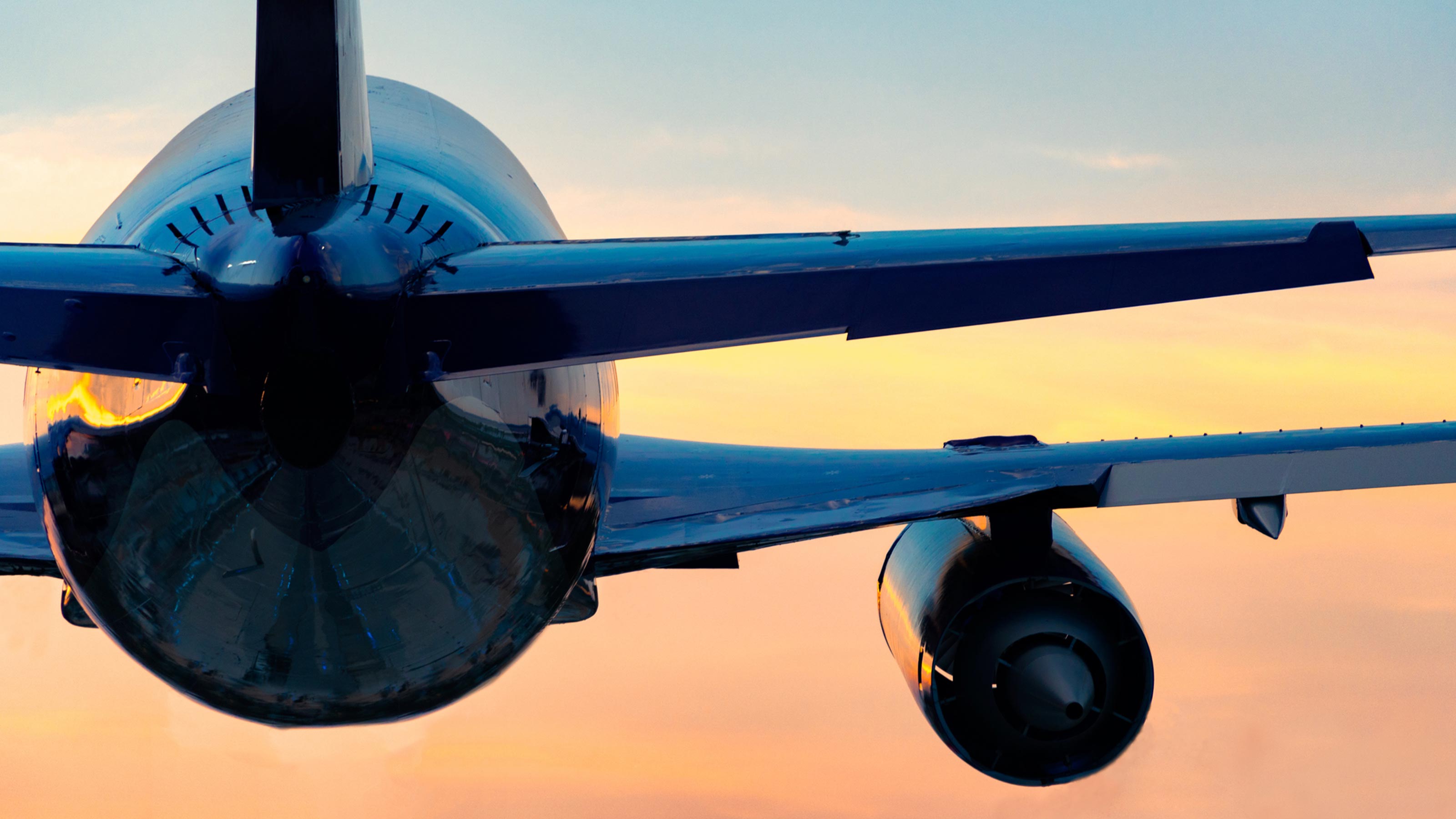 Despite Cancelled Flights and Short-Staffed Hotels, Americans Are (Sort of) Traveling Again
Despite Cancelled Flights and Short-Staffed Hotels, Americans Are (Sort of) Traveling AgainBusiness Travel Thanks to high gas prices, cancelled flights and labor shortages across the sector, the post-COVID travel recovery looks uneven.
By Sean Lengell Published